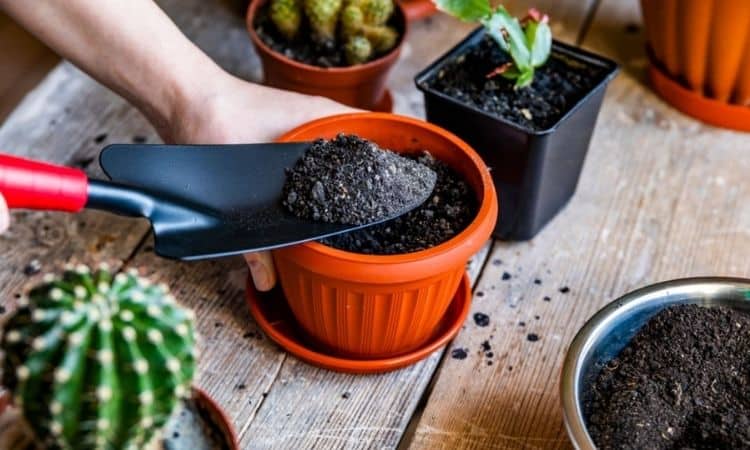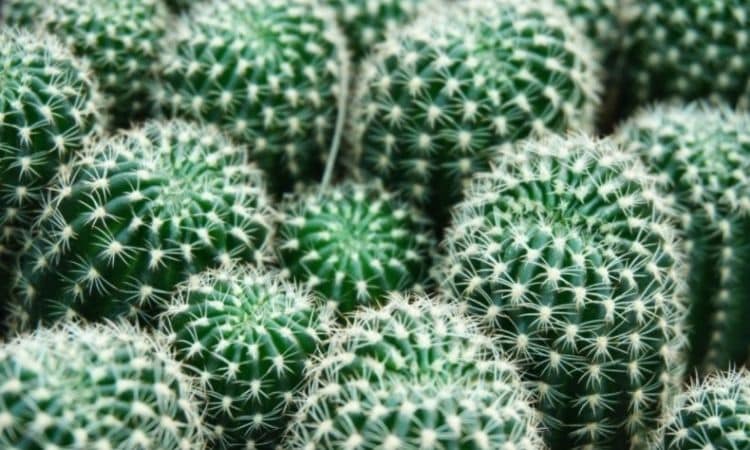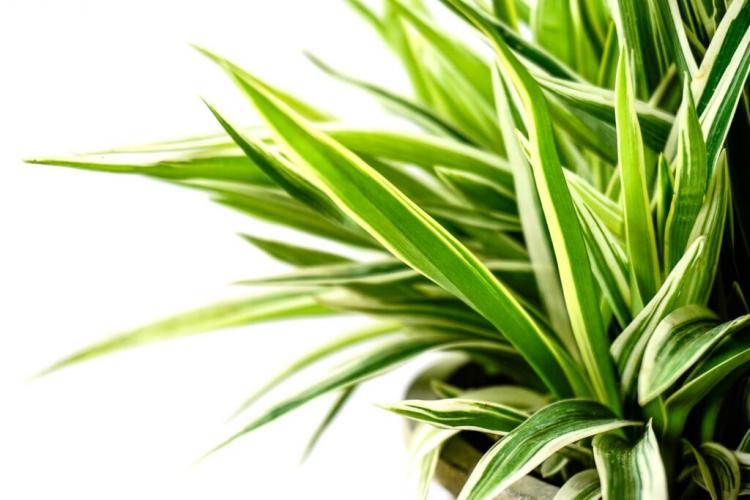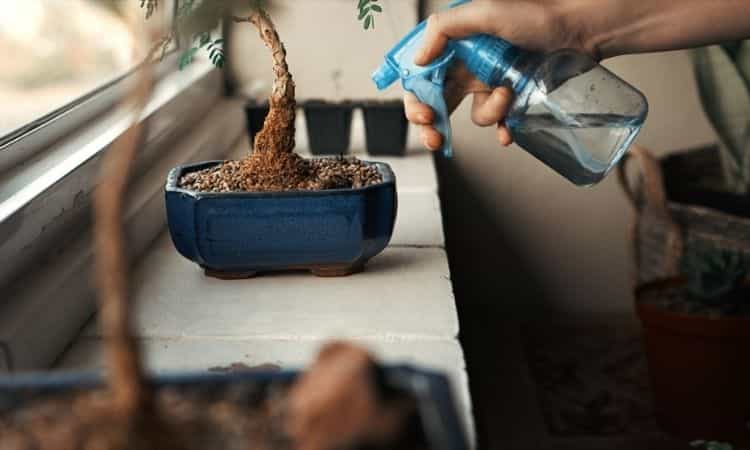Fertilizing Cacti: The Perfect Fertilizer For The Cactus
Cacti usually accompany their owners for many years. Here you will learn what you should consider when fertilizing a cactus.
If you don’t have a green thumb, at least one cactus (Cactaceae) will make ends meet – or so they say. In practice, however, one hears the sentence “In my case, even the cactuses die” again and again. Fortunately, it is not that difficult with the care of the frugal creatures. And with a little knowledge, you can already achieve a lot.
Cacti grow slowly. No wonder, because the resistant plants come from the barren regions of America. To better understand cacti and their requirements, you should dare to take a look into the world of the prickly contemporaries: Here it is mostly dry and the rare availability of water determines the rhythm of life.
The vegetation around it is sparse and so there are also few dead plant parts that could be converted into humus. The earth, therefore, consists mainly of mineral components. In order to make ends meet, the cactus must slowly and steadily build up biomass. If you have these conditions in mind, you basically have all the knowledge you need to make your cactus happy.
When Should You Fertilize Cacti?
Table of Contents
In their home country, it rains rarely, but it rains heavily. Only then can the cactuses absorb nutrients with the water. So fertilization is strongly dependent on watering and should also be done with the watering water. During the growing season, you should fertilize every one to four weeks, depending on the type of cactus.
In winter, like most plants, cacti need a rest period. That’s why the last fertilization of the year takes place in August. Only in April or May, after the cactus has opened the growing season, the first dose is given again. The main fertilization time is in June and July. In these two months, you should give your cactuses more fertilizer than in May and August.

Recognize Deficiency Symptoms In Cacti
Cacti generally get along with few nutrients. Therefore it is usually better to fertilize too little than too much. Too much can quickly lead to soft tissue and horniness.
Symptoms of deficiency appear late and do not grow together as quickly. Therefore, try to find the right amount of fertilizer. If the cactus begins to lighten, this is a clear sign of a lack of potassium or nitrogen. The brightening is usually strongest at the base of the cactus and sooner or later it will lignify. The deficiency is also accompanied by a slowdown in growth.
The cactus can also be deficient in phosphorus. However, this deficit is expressed rather discreetly by a lack of flowering, because phosphorus is of special importance for the formation of flowers and fruits.
The Perfect Cactus Fertilizer
Over 100 cactus genera are known worldwide. So it is logical that not all cacti have the same requirements. The family is manifold. Nevertheless, there are basic similarities concerning the nutrient need.
Nitrogen is absolutely vital for cacti. It promotes growth, but in too large amounts it also leads to soft tissue and a higher susceptibility to disease. The perfect fertilizer, therefore, contains nitrogen, but in moderation.
Potassium is essential for stability, for cacti also of great importance. It also plays an important role in the storage of water in the cells. A good fertilizer should therefore contain sufficient potassium, in the best case even more than nitrogen. Phosphorus is also more important than nitrogen in fertilization. This nutrient is particularly important for the formation of flowers and fruits.
Besides various essential trace nutrients, the perfect cactus fertilizer contains nitrogen, phosphorus, and potassium. But the main difference to conventional fertilizers lies in the ratio. While fertilizers usually contain much more nitrogen than phosphorus and potassium, the opposite should be true for cactus fertilizers. If there is the same amount or even less nitrogen than phosphorus or potassium in the fertilizer, it is suitable as cactus fertilizer.
Last but not least, you should of course not ignore the pH value. Cacti need a pH-value between 6 and 7, only then they feel really well and can thrive. If the value is too acidic or too alkaline, some nutrients become less available for the plant.
Learn how to repot cactus.
Fertilize Cacti Organically: The Right Procedure
Who likes to fertilize his plant organically will be rather disappointed with cacti. In the area of origin of the robust plants only little thrives and so also few parts of the plant accumulate, from which humus could be formed. In addition, animals hardly find anything to eat here, which is why little dung is produced. Cacti, therefore, draw their nutrients mainly from the mineral components of the soil.
For organic fertilization, liquid fertilizer is recommended like for example our citrus & Mediterranean plants liquid fertilizer. Mixed into the irrigation water, the valuable nutrients can easily be added to the previously moistened cactus substrate. An advantage of cactuses is that there is no danger of washing out due to rare watering.
Mineral Fertilizer For Cacti
Any fertilizer with the right nutrient ratio is suitable as mineral fertilizer. Cactus fertilizer fulfills this requirement of course but is often more expensive than other fertilizers. Mineral salts can also be dissolved in the water and used as fertilizer. However, moisten the substrate before using water enriched with fertilizer.
Fertilizing Cacti With Household Remedies
In fact, there is an organic household remedy that is excellent for cacti: coffee grounds. This is generally not very nutrient-rich, which makes over-fertilization difficult. Moreover, it contains mainly phosphorus and potassium and only in third place nitrogen, which perfectly meets the needs of cacti. As a bonus, coffee grounds are acidic and thus counteract a too high pH-value. Especially with calcareous irrigation water, this household remedy can bring salvation.
Make Cactus Fertilizer Yourself
Since cacti are used to a more mineral environment, a do-it-yourself application of fertilizer is not so easy. Therefore you would have to purchase the individual nutrients – nitrogen, phosphorus, and potassium – as well as the micronutrients such as copper and zinc, and mix them in the right proportion. Apart from the fact that mixing them together requires special conditions, you cannot save any money because the individual nutrients are expensive in normal household quantities.
Even if cacti are generally so quite the easiest-care creatures at all, there are still a few little things to consider. How to care for your cacti properly, you can read in our article about the care of cacti and succulents.






